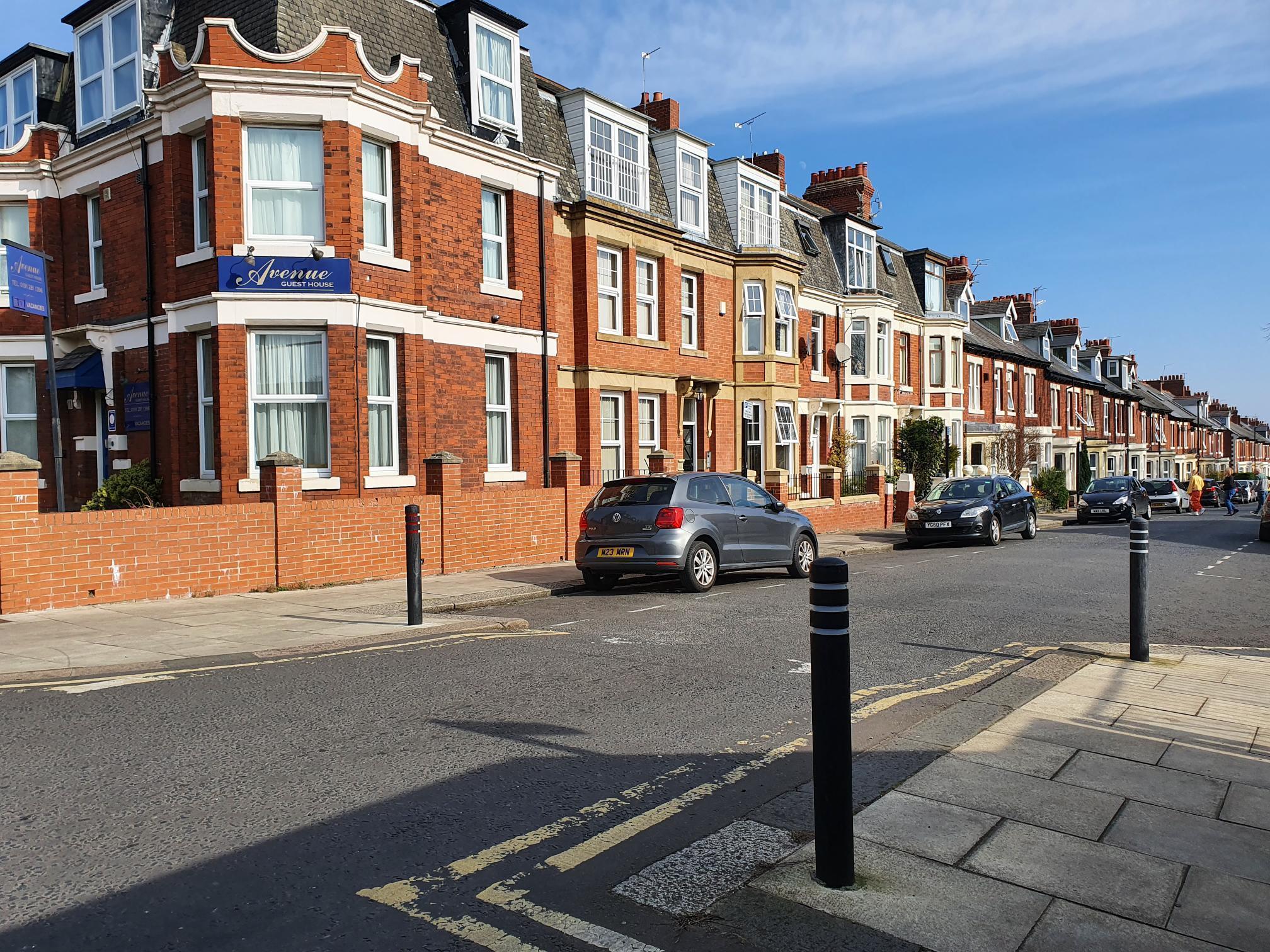31 January 2024
| | 3 min readNewcastle City Council announce changes to traffic in Jesmond to be removed
A neighbourhood low traffic zone that aimed to reduce the number of vehicles using residential streets in Jesmond will be removed.

Newcastle City Council has today (31 January) confirmed that the scheme will not be implemented on a permanent basis following a 10-month pilot.
The neighbourhood low traffic zone was introduced in March 2023 with residential streets closed to through traffic between Osborne Road and Cradlewell.
It aimed to make streets safer, cleaner and greener by preventing drivers from cutting through local streets.
This would see vehicles re-routed to more appropriate routes, while encouraging more people to walk and cycle on local journeys.
The city council have confirmed that the pilot had achieved many of the objectives set out when introducing the scheme.
However, their data monitoring highlighted some residents experienced congestion and lengthened journey time. Local businesses also told them it had impacted their trade.
The council has confirmed the measures will now be removed and learning from this scheme used in future transport schemes.
More than 23,000 residents responded to the consultation and up to 77 per cent of those opposed the changes in Jesmond.
Cllr Marion Williams, cabinet member for a Connected, Clean City, says the scheme would only have been made permanent if it worked for local people.
She said: “Low traffic neighbourhoods were introduced because communities told us they wanted their streets to be safer, cleaner and greener.
“The streets involved in the Jesmond scheme have seen significant reductions in traffic and we have achieved many of the objectives of the project.
“However, anything we introduce needs to work for local people and it is clear that some aspects of this scheme have failed to do that.
“We carried out an open consultation because our residents have a voice. You can help shape our decision making and we have listened to that feedback.
“But it is not the consultation alone that has led to this decision. All evidence gathered, including the data monitoring, has been considered.
“Those residents who supported the pilot will be disappointed. We know you felt your streets were safer with the measures in place.
“I want to make clear that we are committed to making improvements to how people move around Newcastle.
“There are lessons to be learnt from this pilot, including how we can better engage residents when designing future schemes.
“We want a greener future for our city and we want safer community for families, but, crucially, we want you to shape what that looks like.
“In the coming weeks we will be looking to engage with people in the area to see what future improvements can be made to improve the lives of residents.”
Public consultation ran in the first six months of the scheme before being extended to consider the impact of the new academic year on traffic in the area.
Newcastle City Council have revealed the consultation generated over 23,500 pieces of feedback, with up to 77 per cent of respondents opposing the scheme.
Opponents cited congestion caused by displaced traffic, longer journey times, negative impact on local trade and insufficient consultation.
They also said there had been increased air pollution and road safety issues but council data did not show there was any evidence to support those concerns.
Through the public consultation, supporters of the scheme said the changes to traffic had enhanced their local area and their experience of living in it.
They also responded to the consultation to say they felt safer with traffic re-routed on to more appropriate routes so were more likely to take up active travel.
Newcastle City Council also responded to concerns raised throughout the pilot on the impact on emergency service response times.
Northumbria Police, Tyne and Wear Fire and Rescue Service, and the North East Ambulance Service all said their response times were unaffected.
The fire service referenced two incidents in the 10-month pilot where there were delays, however, they cited environmental factors could have been the reason.
Police said there had been no impact on their response or any increase in anti-social behaviour. The ambulance service said their response time was unaffected.
Cllr Williams added: “We worked closely with our emergency service partners throughout the consultation period and they closely monitored response data.
“Data shows their response times were unaffected and no road traffic collisions took place that could be attributed to the pilot.
“In fact, the reduction of traffic on residential streets was welcomed from a road safety perspective and that is an important consideration for future projects.
“To be clear, we would not have continued to run the scheme for as long as we did if serious concerns had been raised with us on this matter.”
The delegated decision published by the council today means the bollards will be removed on Monday, February 5.
Link to the delegated decision is available here
If you would like to give us feedback on our website, please complete this short online form.




